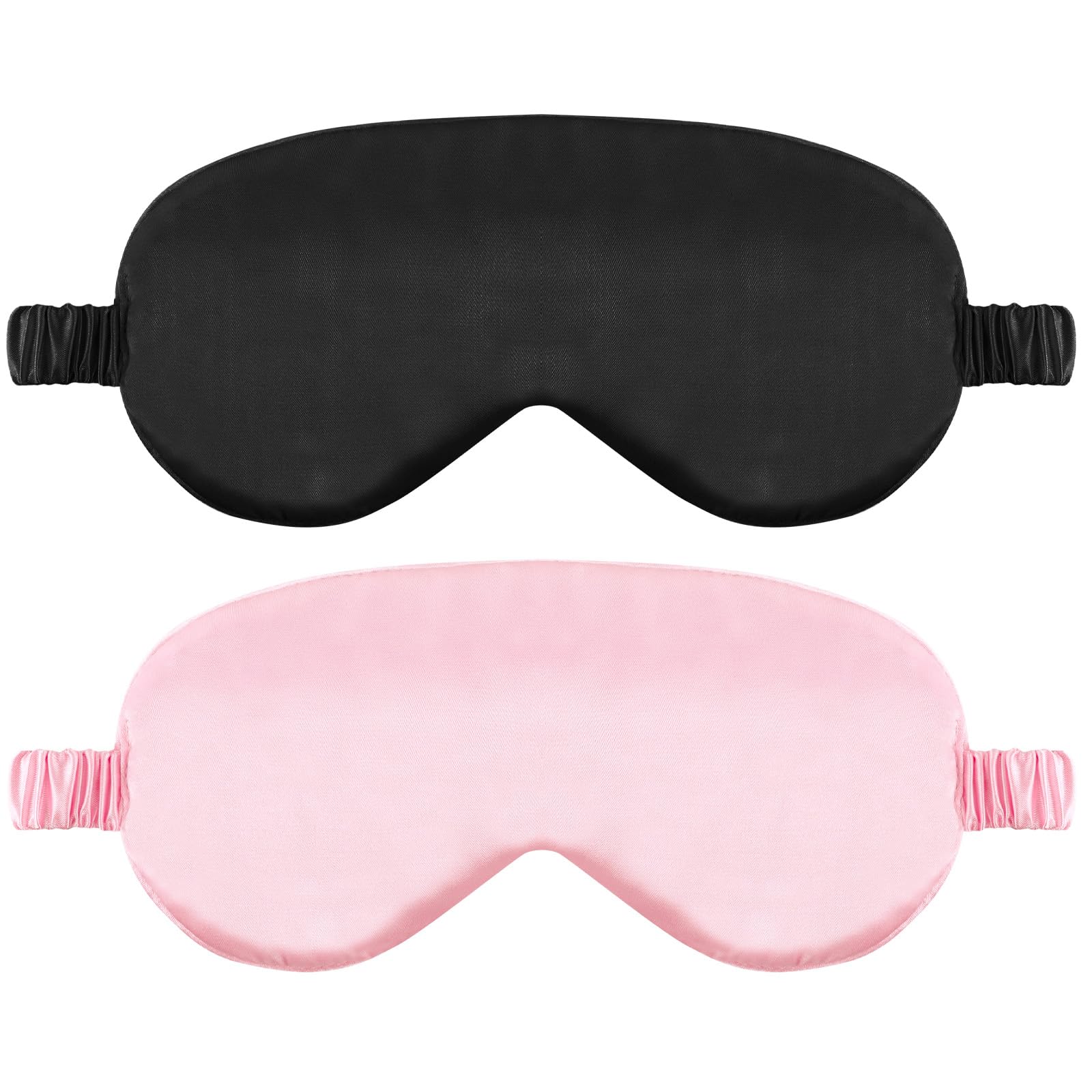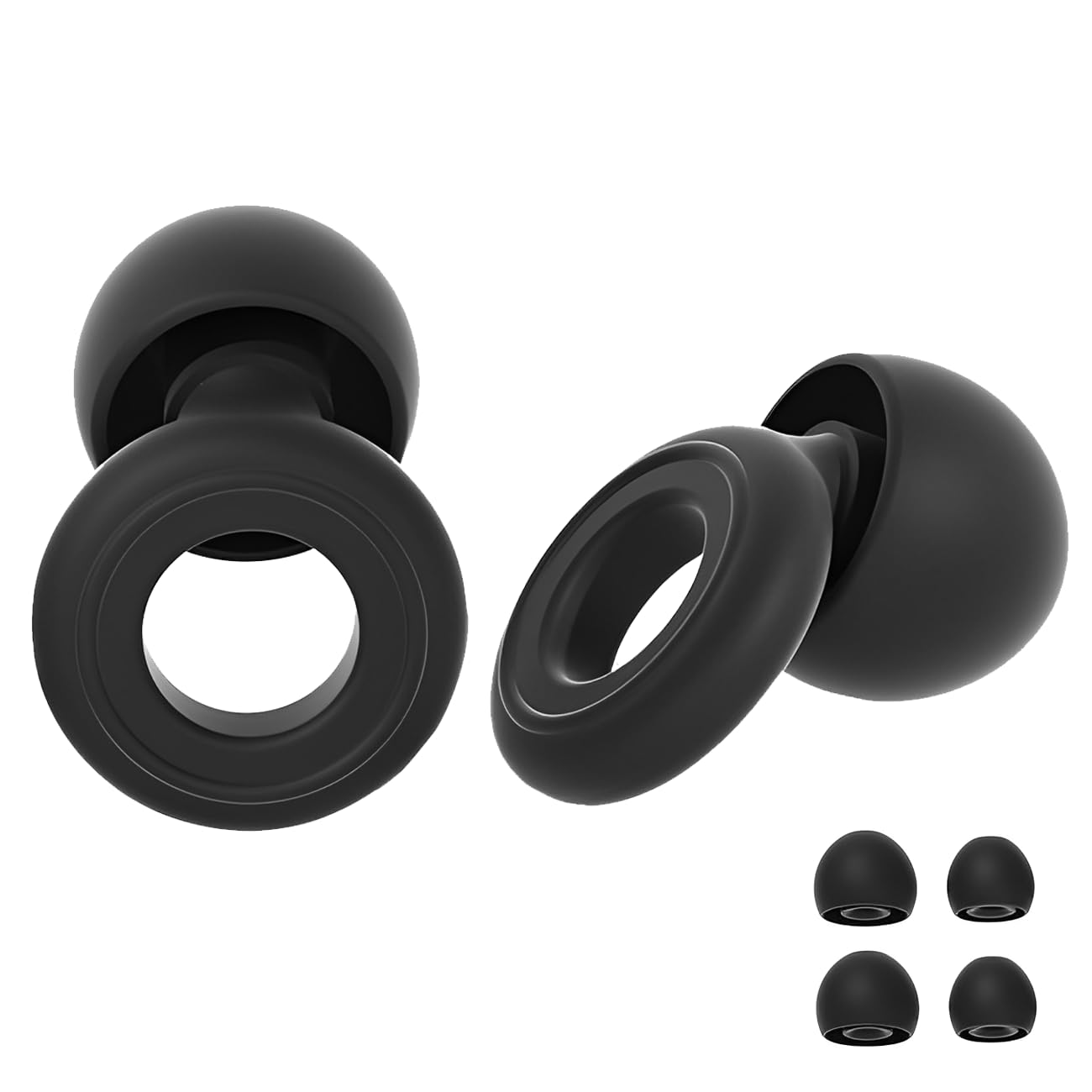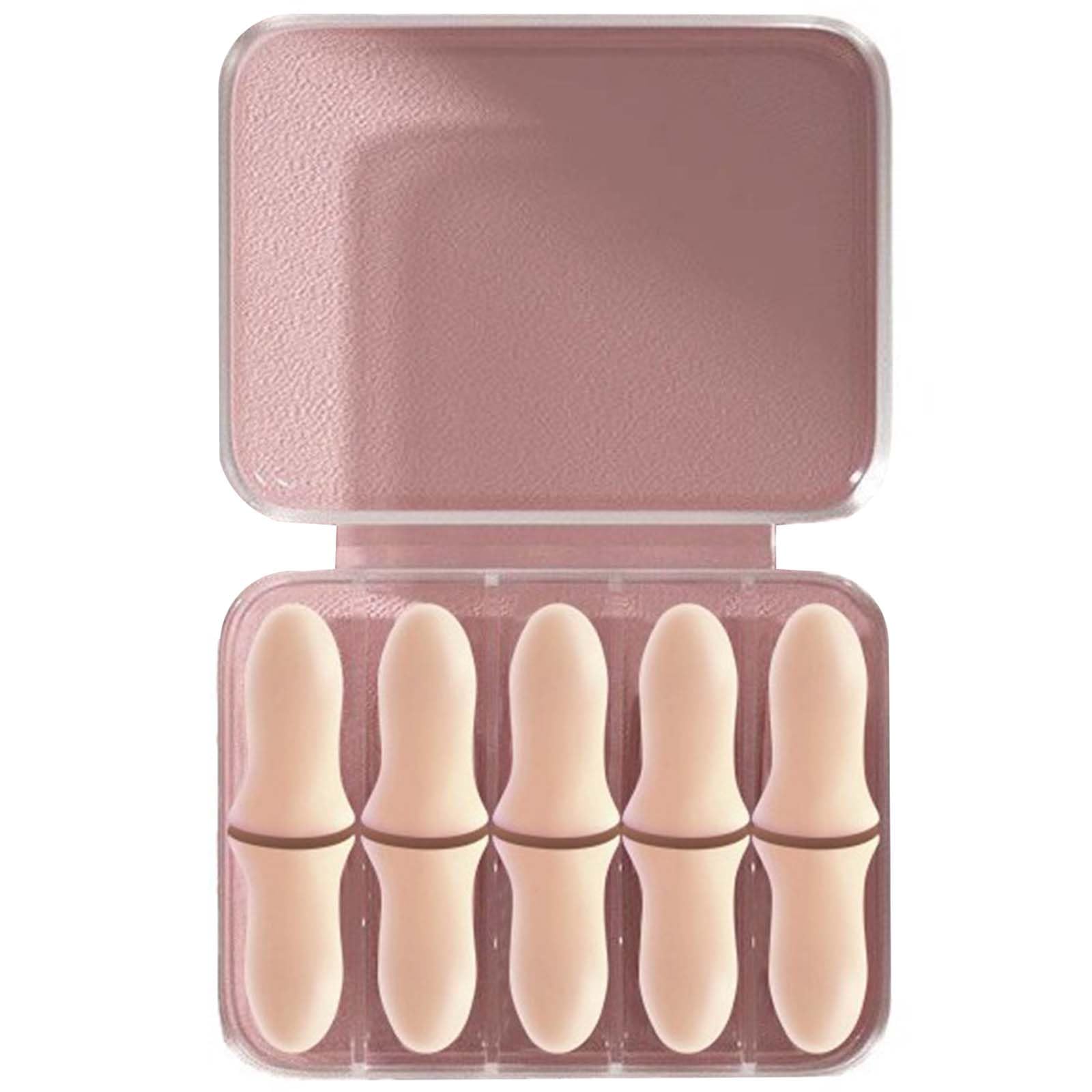A bed that runs hot can turn a full night’s rest into a series of wake ups. The reasons are usually a mix of materials that trap heat, bedding that does not breathe well, and room conditions that hold moisture. You can fix much of this without replacing the mattress. This guide walks through practical steps in order of impact, from toppers and sheets to duvet and bedroom habits, so you cool your bed in a UK home and sleep more comfortably.
Seasonal warmth usually comes from duvets that balance weight and airflow in UK bedrooms.
Diagnose What Makes Your Bed Feel Hot
First, notice when you feel warmest. If you overheat as soon as you get in, the mattress surface is likely the main culprit. If you wake hot at 3 a.m., room temperature and humidity may be rising through the night. If you feel hot only under your duvet, the tog and cover fabric may be the issue. Spend two nights paying attention to timing and where the heat feels worst. This short check helps you target the fix that will make the biggest difference first.
Use a Cooler Topper
If the mattress itself feels like it holds heat, add a breathable topper. Latex is a strong first choice because it allows more airflow than dense memory foam and lifts the body rather than hugging it. If you prefer memory foam for pressure relief, choose an open cell design with perforations and a breathable cover in cotton, bamboo or lyocell. A 5 to 7 centimetre toppers changes surface feel without losing support. Place any waterproof protector under the topper so the surface remains breathable. This order can reduce heat build up at the skin.
Choose Sheets That Help Release Heat
Sheets make contact with your skin for hours, which is why they matter more than many people expect. Cotton percale in 200 to 300 thread count is a reliable cool choice. The weave is simple and breathes well. Linen is even more breathable and helps with humidity on sticky nights. Bamboo and lyocell feel cool to the touch and wick moisture quickly. If you currently use a very high thread count cotton or a polyester heavy blend, switching to one of these breathable fabrics can make a bed feel cooler even when nothing else changes.
Match Duvet Tog to the Season
A 4.5 tog duvet in summer is a comfortable default for many UK homes. Switch to 7 to 10.5 tog for spring and autumn and a 13.5 tog in winter in cool bedrooms. If you wake hot under your current duvet, try going down a tog level and pair it with a throw that you can push aside when you warm up. Duvet cover fabric also plays a part. A cotton percale cover breathes better than a dense sateen. If you love the smooth feel of sateen, use it in winter and switch to percale in summer.
Manage Bedroom Temperature and Humidity
Warm, humid air feels hotter than the same temperature at lower humidity. In many UK homes, humidity rises during the night with doors closed. A small hygrometer shows what is happening in your room. Aim for 40 to 60 percent relative humidity. If levels rise above that range, a dehumidifier helps keep the air comfortable and reduces condensation. In summer, a fan on low creates gentle airflow that helps sweat evaporate. Crack a window if outdoor air is not too damp and street noise is not an issue. Small changes in airflow can make sheets and toppers feel more effective.
Sleepwear That Works With Your Bedding
Choose breathable pyjamas that move moisture away from the skin. Cotton percale, cotton jersey, bamboo and modal are all good options. Loose fits help air circulate around your shoulders and chest. Avoid heavy piping, thick waistbands and layered trims that trap heat where your body needs to vent. If you often wake sweaty at the shoulders, keep a spare top by the bed to change quickly. Dry fabric against your skin feels cooler and helps you fall back asleep.
Protectors Without the Plastic Feel
A waterproof mattress protector is useful for hygiene and peace of mind, but a thick plastic film can trap heat. Look for a thin polyurethane membrane bonded to a cotton or bamboo knit. This type blocks liquid while allowing water vapour to pass. Place it under the topper so the surface material remains breathable. If you need a protector on top for any reason, choose one described as breathable and test how it feels for a week. The right design should be hard to notice at night.
Try Small Habit Changes
Simple routines help cool the bed. Take a warm shower earlier in the evening so your skin is fully dry by bedtime. Let hair dry rather than going to bed with damp hair, which warms your pillow. Keep a glass of water nearby and sip if you wake hot. If you use an electric blanket to preheat, switch it off when you get in or set a short timer. In winter, layer a lighter duvet with a breathable throw rather than using one very heavy quilt that is hard to adjust without uncovering completely.
When to Consider Bigger Changes
If you have tried a breathable topper and sheets, adjusted duvet and sleepwear, and improved room airflow and still feel uncomfortably warm, your mattress may have a design that holds more heat than you can offset. Hybrid mattresses with ample airflow through the spring unit tend to sleep cooler than very dense foam beds. Before changing a mattress, test your bedding setup in another room or on a different bed to see how much improvement you get. Many people find that a latex topper and percale sheets resolve heat issues well enough that a new mattress is unnecessary.
FAQs
Cooler beds usually combine breathable percale sheets, a lighter summer duvet, and, where needed, a supportive topper that does not trap heat.
Is latex always cooler than memory foam? Latex generally sleeps cooler due to its open structure and quick response. Open cell memory foam with ventilation and a breathable cover can come close for many sleepers.
Do linen sheets feel rough? Linen starts with a texture that softens after a couple of washes. Many hot sleepers find the comfort worth the brief break in period.
Will a dehumidifier make the room too dry? Aim for 40 to 60 percent relative humidity. Most units have a humidistat to maintain that range without overdrying the air.





